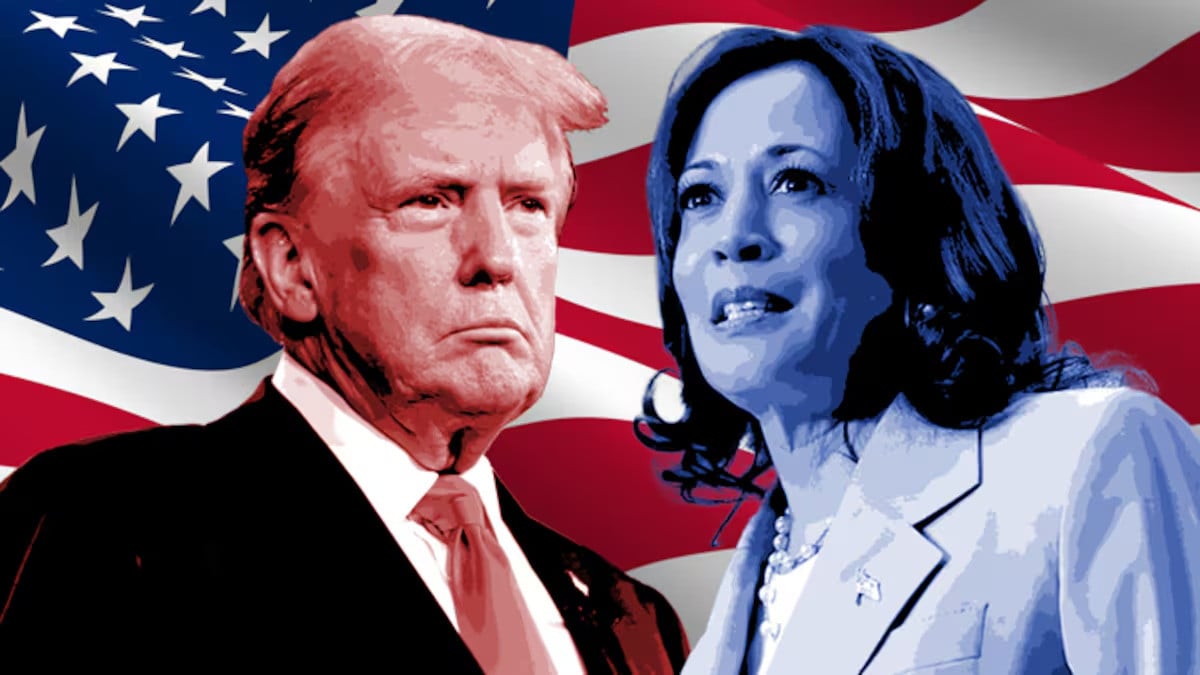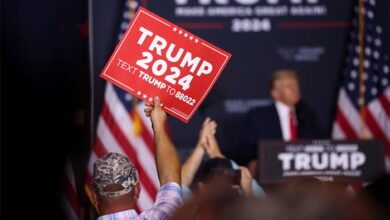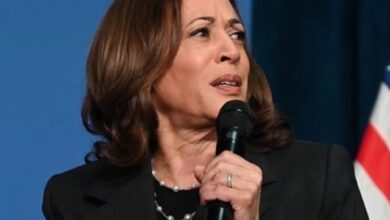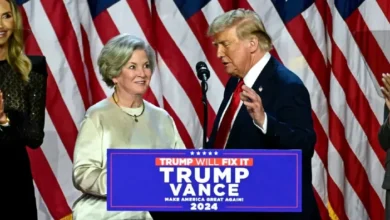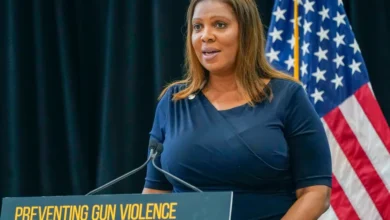In a newly released Wall Street Journal poll, former President Donald Trump has edged ahead of Vice President Kamala Harris by 2 % in the lead-up to the November 5 presidential election, with Trump garnering 47% of the vote compared to Harris’s 45%.
The survey, conducted from October 19-22 among 1,500 registered voters, has a margin of error of ±2.5 percentage points.
This shift comes as Trump’s approval ratings for his presidency reach a historic high, reflecting a complex landscape as both candidates work to solidify their support.
The poll indicates that negative advertising campaigns and the candidates’ performances have adversely affected Harris’s standing since she took over as the Democratic nominee following President Joe Biden’s withdrawal from the race in July.
Harris’s approval ratings have dipped, with just 42% of voters approving of her vice presidential performance, marking her lowest rating in three polls conducted by the WSJ since the summer.
Despite Trump’s controversial tenure, he continues to receive support for his policies, especially concerning the economy.
Voters indicated a preference for Trump over Harris regarding economic management, with a 12-point lead on this issue, which represents an increase from an 8-point lead noted in August.
Trump also outperformed Harris on immigration, bolstering his position as a viable candidate despite ongoing personal controversies.
In recent weeks, Trump has faced serious accusations, including a lawsuit filed by former model Stacey Williams, who alleges that he groped her in 1993 during an encounter arranged by Jeffrey Epstein.
The lawsuit claims that during the incident, Trump behaved inappropriately while smiling at Epstein, contributing to the current climate of scrutiny surrounding his candidacy.
Adding to the controversy, former White House Chief of Staff John Kelly has publicly denounced Trump, labeling him as a “fascist” and an authoritarian who admires dictatorial leadership.
Kelly’s remarks reflect a broader critique of Trump’s approach to governance, suggesting that if re-elected, Trump would further undermine democratic norms.
These allegations could potentially sway voters who are concerned about the implications of Trump’s leadership style.
In contrast, Harris, now actively campaigning, has emphasized the potential consequences of a Trump presidency on global stability.
During a rally in Wisconsin, she warned that Trump’s return to power could embolden leaders like Vladimir Putin, suggesting that “Putin would be sitting in Kyiv” if Trump were in office, hinting at a significant shift in US foreign policy under his leadership.
Despite these allegations against Trump, a competing poll from Reuters/Ipsos suggests that Harris maintains a slight edge over Trump nationally, with a 46% to 43% lead.
This six-day poll, which closed earlier this week, reveals a dim outlook among voters regarding the economy, with 70% believing the cost of living is on the wrong track and 60% feeling the economy is heading in the wrong direction.
As election day approaches, voter enthusiasm appears high, with nearly 25 million ballots already cast through early voting and mail-in ballots.
The latest WSJ poll shows a significant increase in voter certainty, with 79% of registered voters—87% of Democrats and 84% of Republicans—expressing that they are “completely certain” they will vote, a notable rise from 74% in the 2020 election.
This indicates a tightly contested race just two weeks before the November 5 election, amid widespread voter concern that the country is on the wrong track.
Previously, Democratic Vice President Kamala Harris held a narrow 46% to 43% lead over former Republican President Donald Trump, according to a Reuters/Ipsos poll.
Both candidates face an uphill battle to mobilize their respective bases. Despite Harris’s current lead in national polls, her advantage may not translate to victory in the Electoral College, which ultimately determines the presidency.
Trump has previously demonstrated strength in battleground states, having won the Electoral College against Hillary Clinton in 2016, despite losing the popular vote.
As the race tightens, both campaigns will focus on increasing turnout among their supporters. With voter turnout reaching its highest levels in over a century during the last presidential election, the stakes are high for both candidates as they navigate a landscape marked by high tension and divided public opinion.
As the clock ticks down to Election Day, the final weeks of campaigning will be crucial in determining who emerges as the victor in this tightly contested race.

